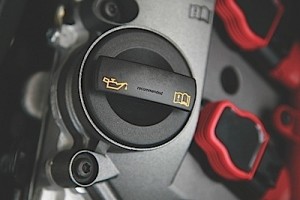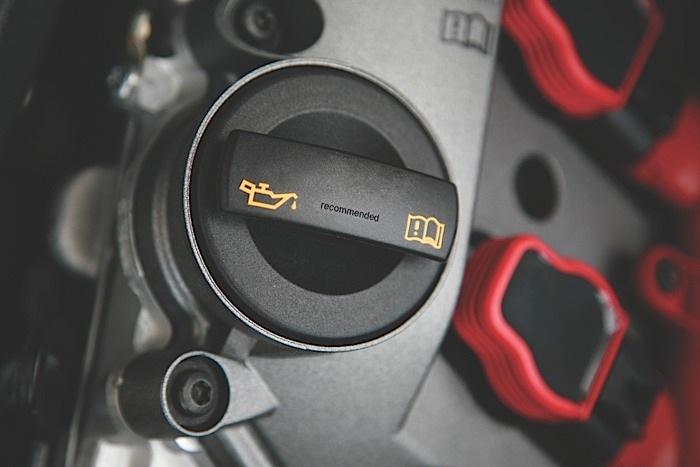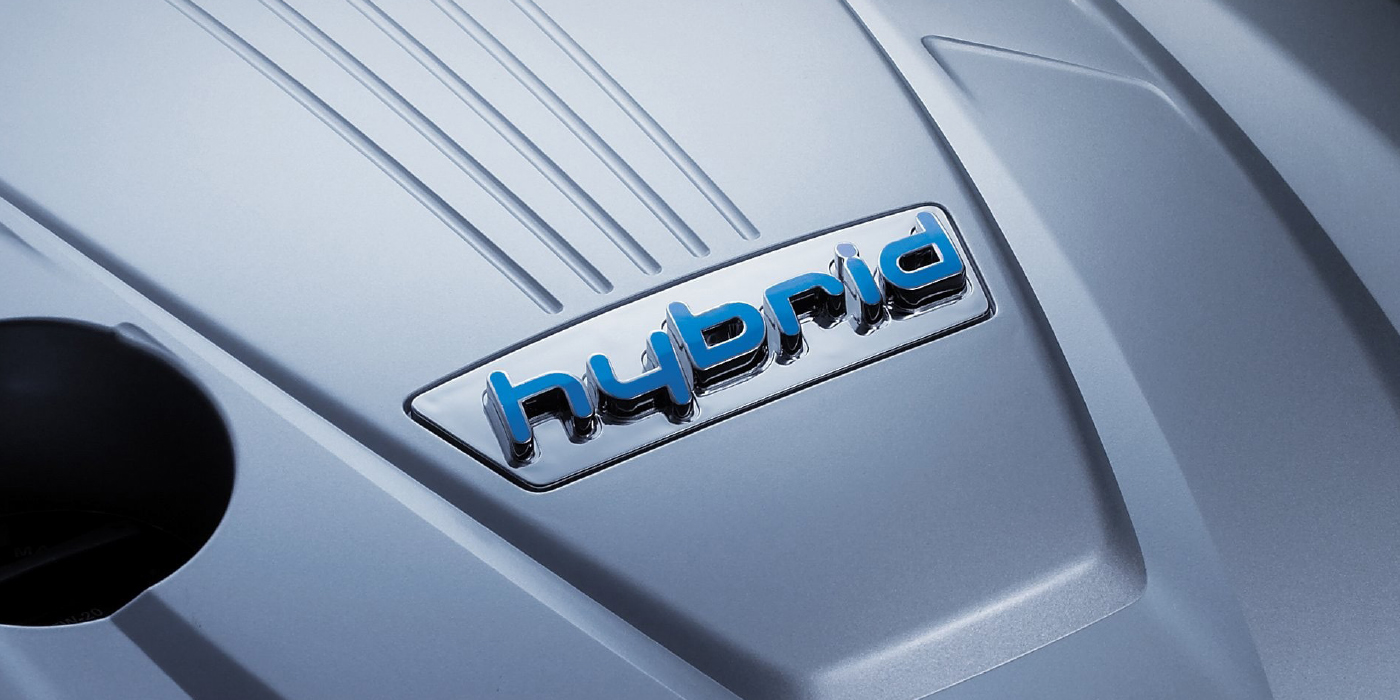 With today’s vehicles, different makes and models have stark differences in component design and engineering. Likewise, the driving style between any two drivers on the road can be just as varied as the vehicles they own.
With today’s vehicles, different makes and models have stark differences in component design and engineering. Likewise, the driving style between any two drivers on the road can be just as varied as the vehicles they own.
So, the question then in the face of these variables is, “Why are most oil change guidelines still so uniform and generic?”
Engine oil deterioration monitoring systems have been around for decades helping drivers know when it’s time to stop for an oil change, but there is still a good deal of confusion about system basics.
You should know how these systems function in order to both service your customers’ vehicles and explain to them what they should know about the oil life in their vehicles.
What is The Average Interval Between Oil Changes?
Oil monitoring systems judge appropriate oil change intervals using oil deterioration algorithms that estimate oil temperature and engine speed. For example, driving at high oil temperatures will cause the oil to oxidize, meaning the oil will have a greater viscosity and its component additives will begin to break down. Conversely, driving at low oil temperatures will result in NOx, nitric and nitrous acid contamination. This contamination culminates in the production of low-temperature sludge. Therefore, how and how far a customer drives makes a major difference in determining when the oil will need to be changed. Vehicles in warmer climates that are used for highway driving are more likely to be able to go longer between oil changes — sometimes up to 7,000-12,000 miles depending on the vehicle. On the other end of the spectrum, some cars routinely driven short distances in cold climates may only be able to go 3,000 miles between oil changes. The average vehicle that is put through both highway and city driving conditions usually can last between 7,500 miles and 8,500 miles before needing its oil changed.
Resetting the System
After the oil is changed, you should immediately reset the system. Directions for how a particular model’s oil monitoring system works can be found in the service information, as well as the directions for how to properly reset the system.
Oil Life is Not Oil Level
Just because a customer’s car is equipped with an oil monitor doesn’t mean that they should forget where the dipstick is located. Oil monitors only monitor the life of the oil, they do not gauge how much oil is actually in the vehicle. Make sure your customer knows to regularly check the oil level in their vehicle between servicing.
The Use of Synthetic Oil
Oil life monitors are not sophisticated enough to know what type of oil the motorist is using. Although some synthetic oils may last longer than traditional motor oils, the oil life monitor will not be able to distinguish the presence of these synthetics, as these systems are calibrated off of factory fill requirements.
‘Tis the Season?
As mentioned previously, climate can dramatically impact how often a car’s oil needs to be changed. However, oil life monitors automatically adjust to changes in weather and climate so that neither the technician nor the customer need to worry about recalibrating these systems throughout the year as the weather fluctuates.














